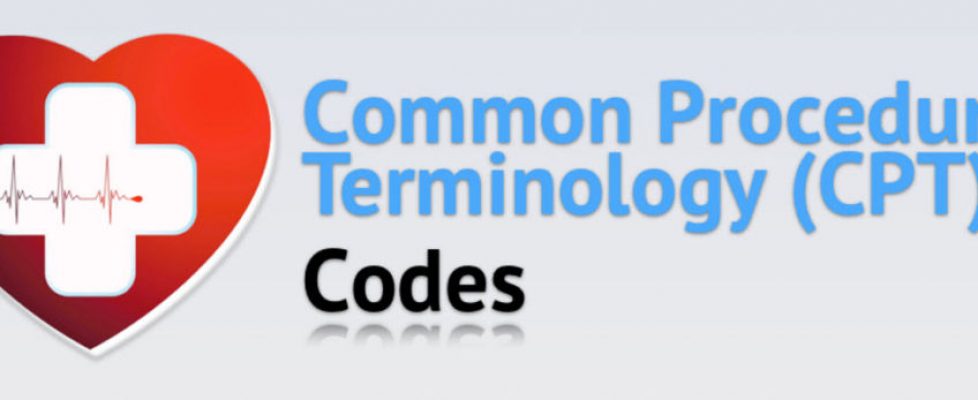CPT manual lists 79 codes that can be billed if telemedicine used
Payment eligibility for telemedicine services continues to grow. As of January of this year Medicare added a new place of service (POS) code. POS code 02 can now be used for video encounters between a patient and their healthcare provider(s). This is a huge progress from year ago since the use of remote patient monitoring continues to be adapted more and more by hospitals as a way of preventing hospital readmissions and improving patient outcomes.
March 1, 2017 by Peter J. Dehnel, M.D., FAAP
After a long period of what seemed to be little headway in the ability to use Current Procedural Terminology (CPT) codes to bill for telemedicine services, progress has been made.
The 2017 CPT manual has a new Appendix P that lists 79 standard CPT codes for which a “95” modifier can be used to indicate that the service was provided via a real-time, interactive audio and video telecommunications system. A number of these codes are used daily in most pediatric practices. For example, the list includes the commonly used office or other outpatient evaluation and management (E/M) codes for new patient (99201-99205) and established patient visits (99212-99215). A variety of consultation codes are included as well, e.g., 99241-99245. Finally, behavioral health codes also are on the list, e.g., behavioral change intervention codes 99406-99408.
If you are going to start or expand your billing for telemedicine services, it is important to keep a number of considerations in mind. Each CPT code has required elements (e.g., key components or time) that you need to document for your encounter. If it is not documented, then it did not happen and you will be at risk if your services are audited.
Time spent in direct counseling and/or coordination of care with the patient/caregiver that is greater than 50% of the total time of an E/M service can be used to justify a given CPT code. However, you must document total time and percent spent in counseling and/or coordination of care in the patient record. Since time can be monitored automatically through an electronic encounter, finding a way to include that in your documentation form may be an easy solution. Only the physician’s face-to-face time with the patient/caregiver is counted toward the level of service provided.
In addition, a video component is required for telemedicine encounters billed using a standard CPT code with the 95 modifier. In addition to the video component, there is the increasing use of peripherals that families may have at home to enhance your ability to assess the patient, including thermometers, stethoscopes, oxygen saturation monitors, spirometers, blood pressure monitors, glucose monitors and otoscopes. The inclusion of these assessments will help in satisfying the need for a certain number of required elements for the CPT code being used.
Qualifying services also have to be “synchronous,” i.e., they have to be real-time, interactive visits between a patient/family and a clinician. The other main category is “asynchronous” where clinical information is supplied and considered at a later time. Email interchanges would be a common example of an asynchronous encounter. An email is sent to a clinician and then considered and acted upon at a later time. Radiograph and ultrasound studies have been in the asynchronous category for years, but a much larger number of encounters may be formatted this way. These will not qualify for the process of using the 95 modifier.
Another important consideration is whether you actually will be paid for the service if you submit a claim for payment. A number of states have legislative parity that requires coverage of telemedicine services to be the same as face-to-face visits. However, many health insurance policies do not cover telemedicine services, including some Medicaid programs under certain conditions. Check to see if your state’s Medicaid program and your largest health insurers cover these services.
What lies ahead
A new place of service (POS) code, 02, has been created for telemedicine services. The code took effect on Jan. 1 and is required for clinicians reporting telemedicine services.
While the Centers for Medicare & Medicaid Services allows telemedicine services to be performed on a Medicare beneficiary only in an approved site, other payers may not have that restriction and may allow a patient to be located in his or her own home or school. When the patient presents to a site, such as a physician’s office, the physician’s office may bill as the “originating site.” The new POS (02) may apply to this fee, or the payer may require that the POS used defines the location, such as 11 for office. Always check with your payers to determine how you would bill if the patient was located in your office during a telemedicine service with a remote physician.
Medicare will continue to expand the telemedicine services eligible for payment in 2017. While Medicare rarely applies to pediatric patients, it helps to establish payment for services in all insurance plans. This inclusion acknowledges the increasing role that telemedicine will play to meet the need for services that otherwise might not be available to your patients and families.
Dr. Dehnel is immediate past chair of the AAP Section on Telehealth Care Executive Committee.

